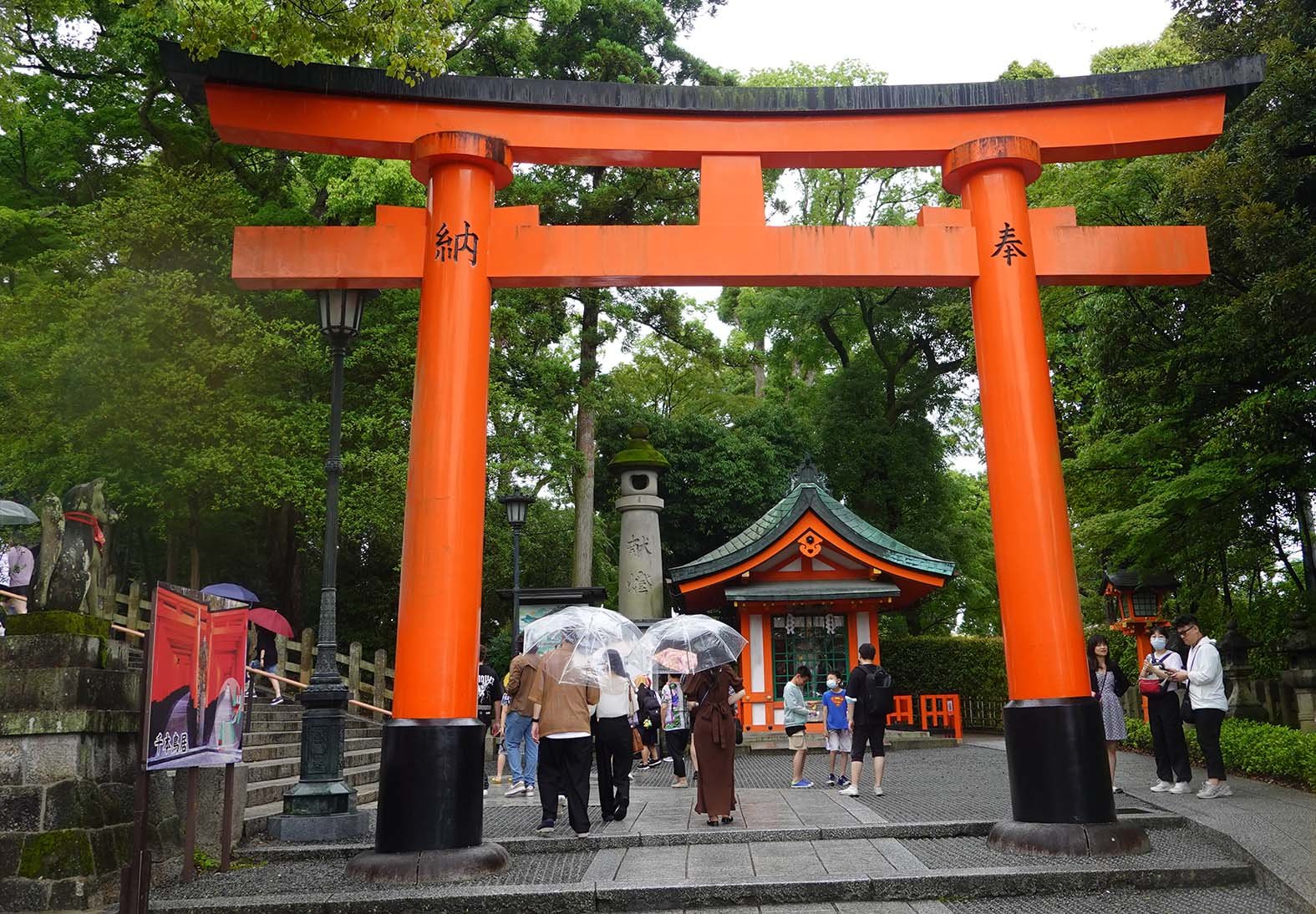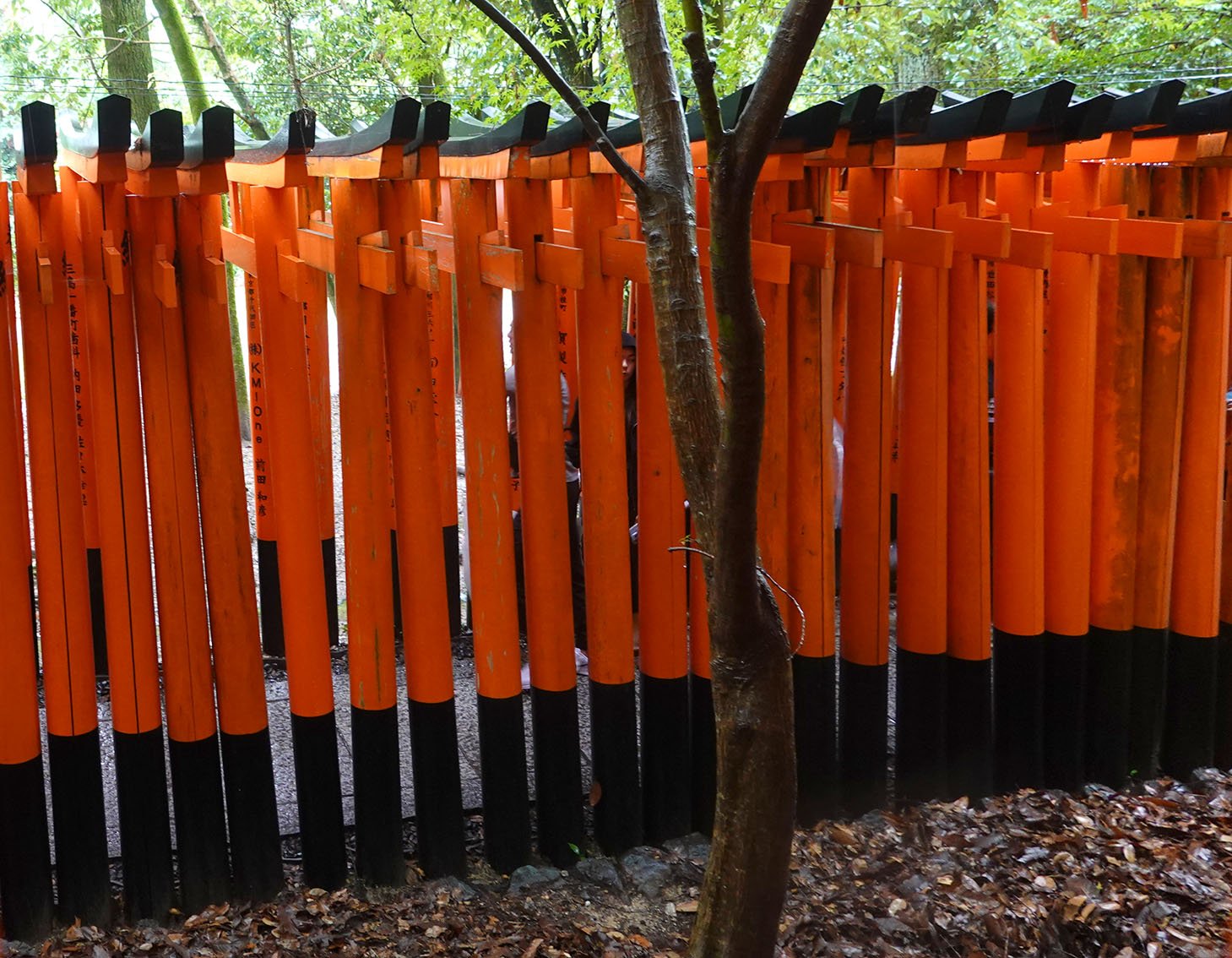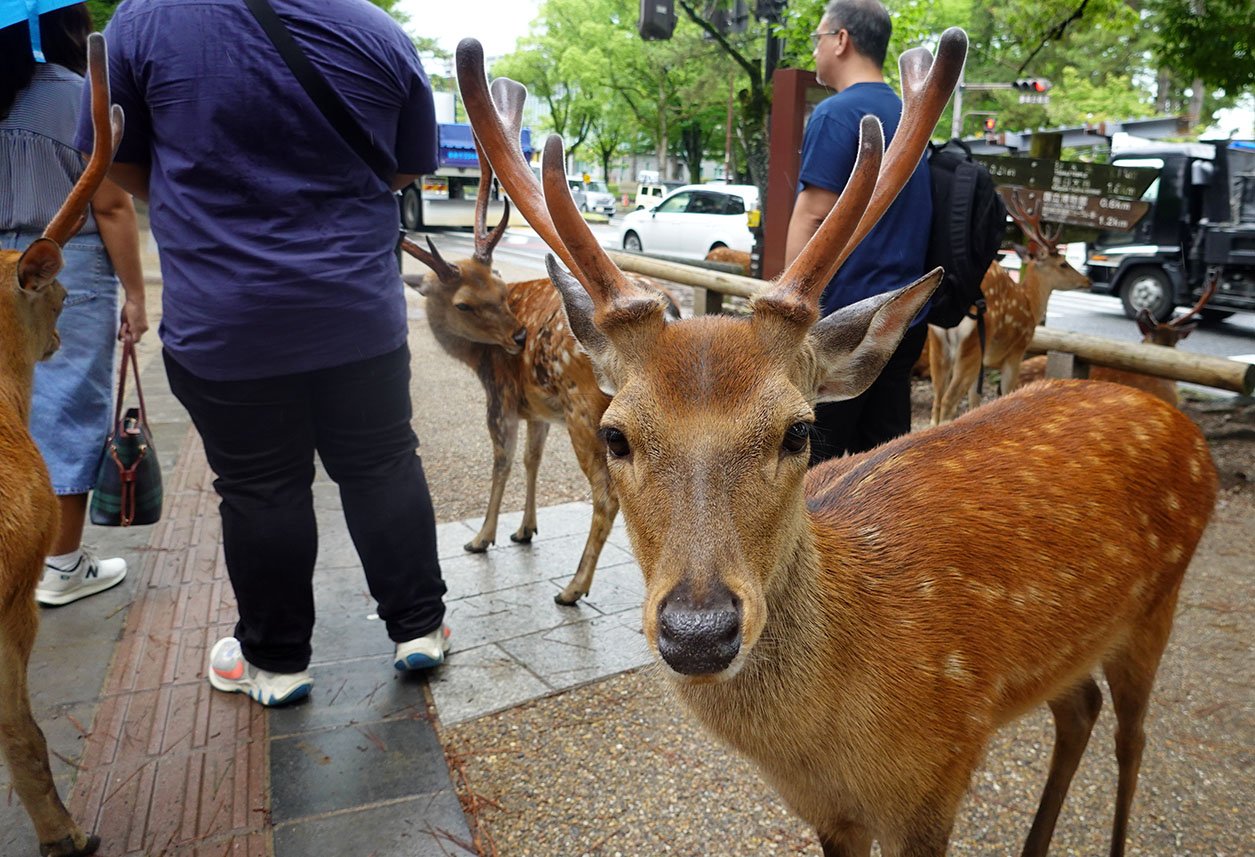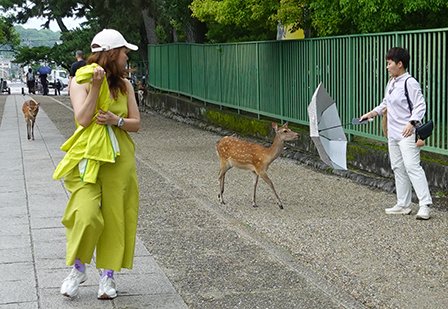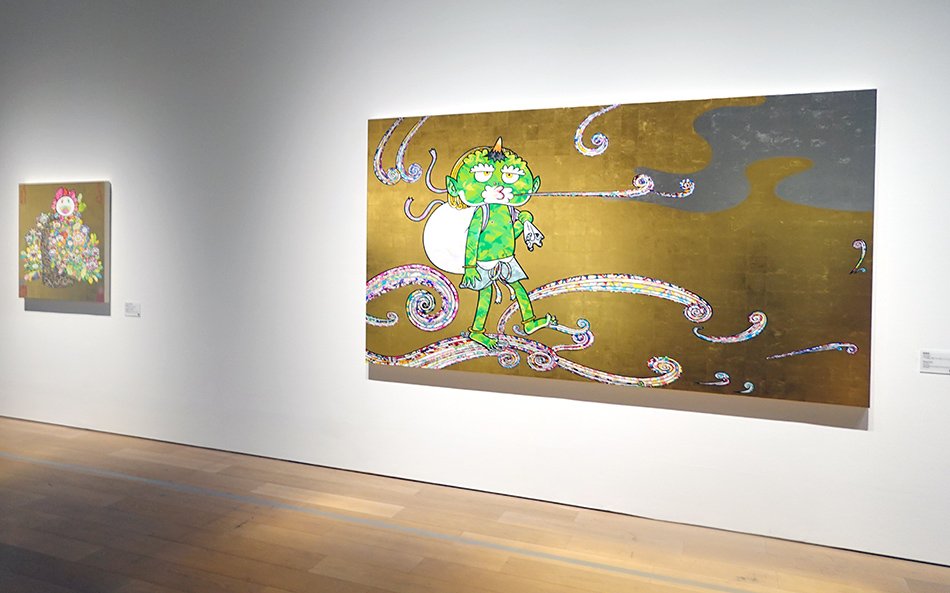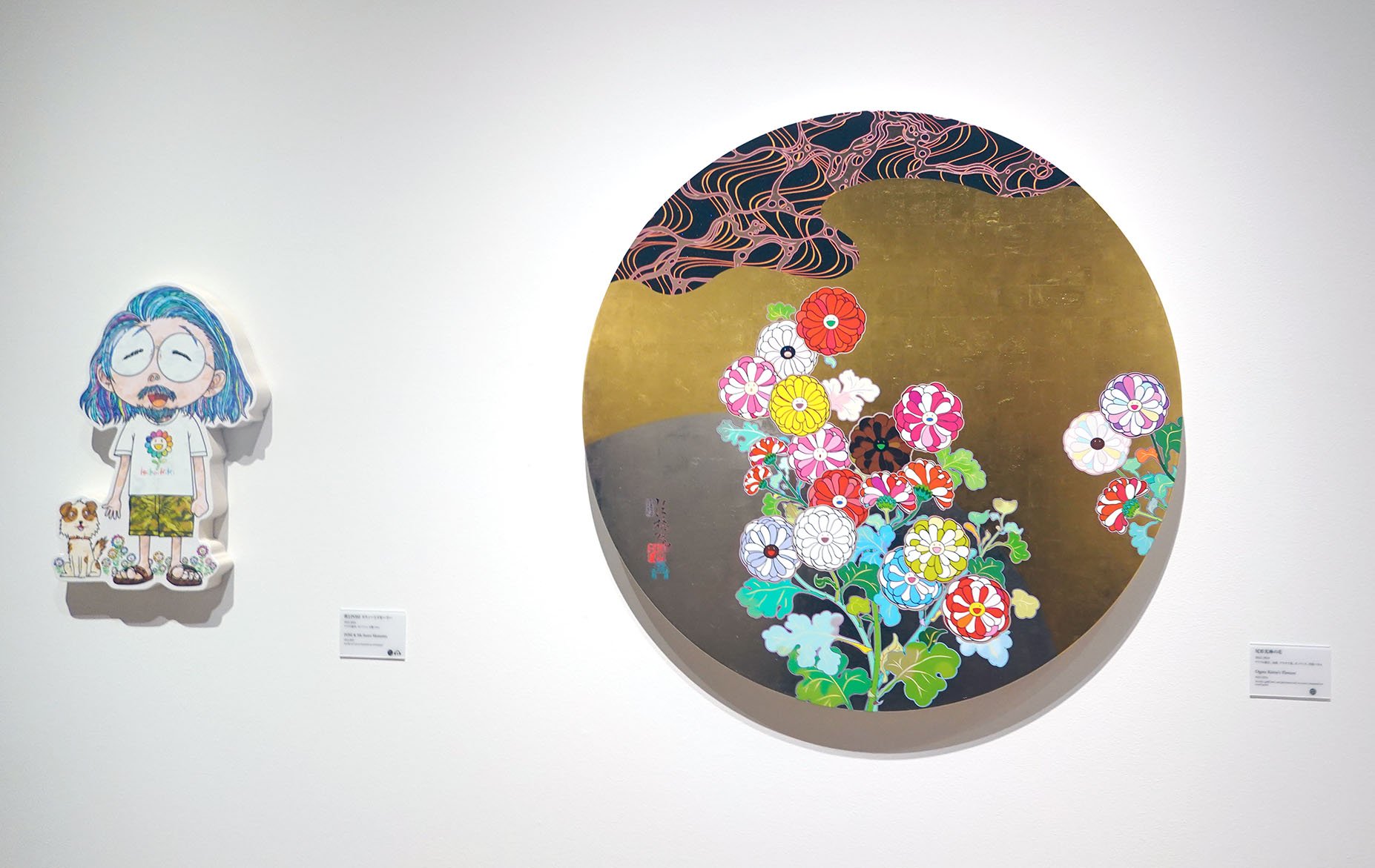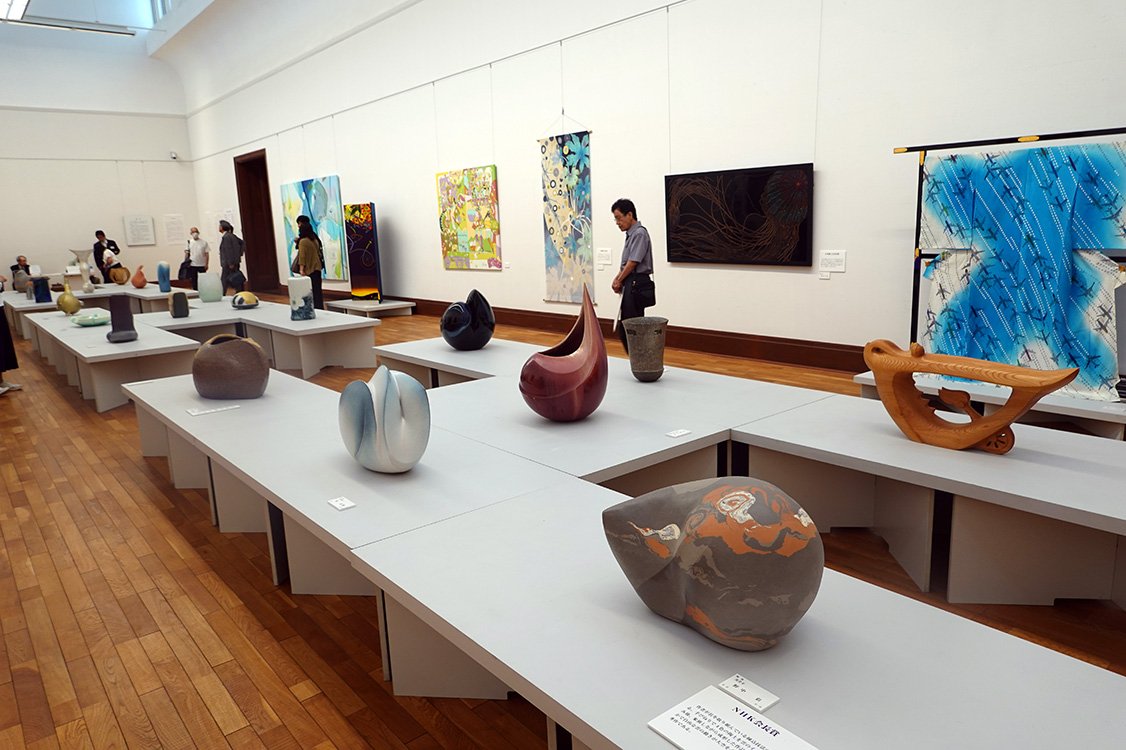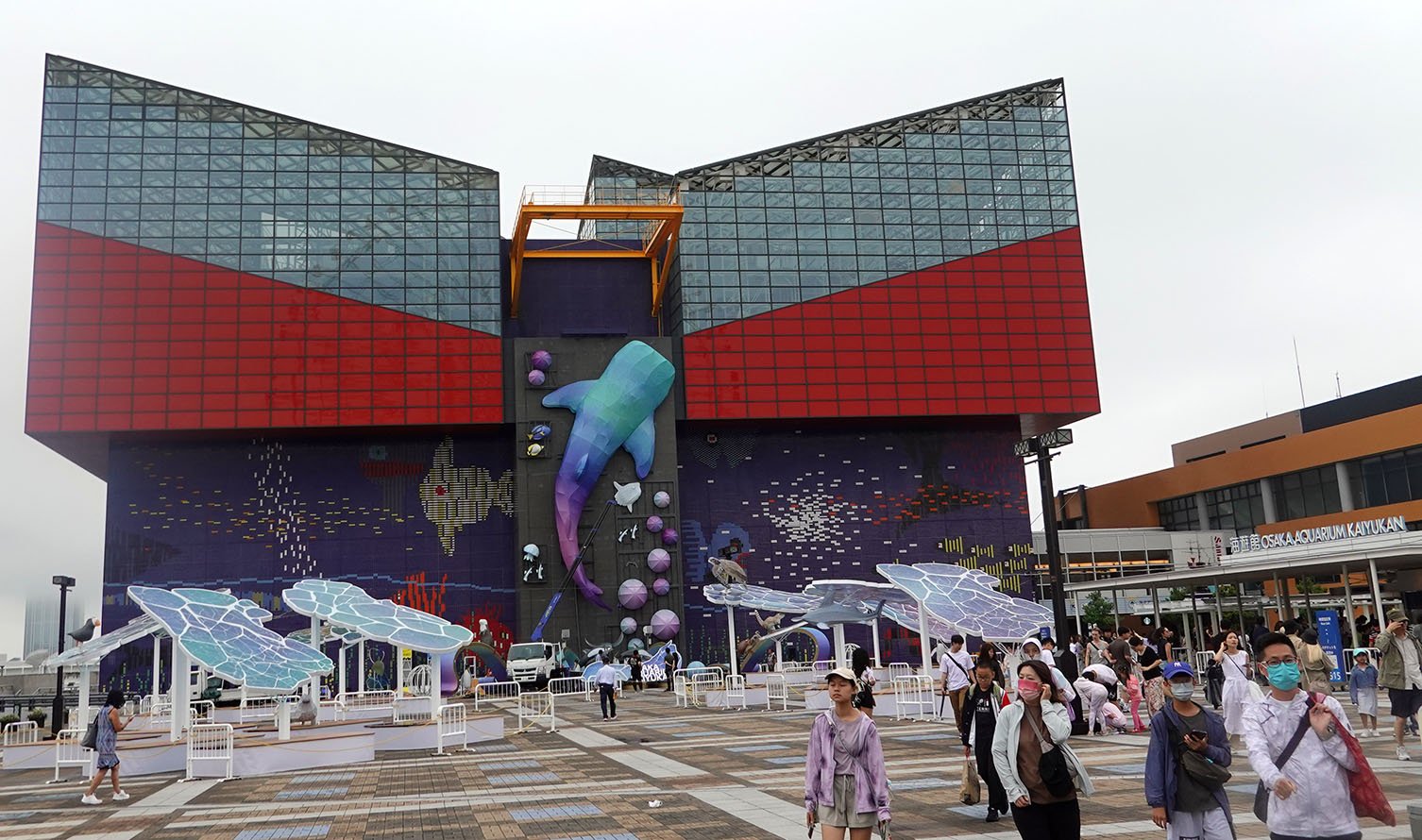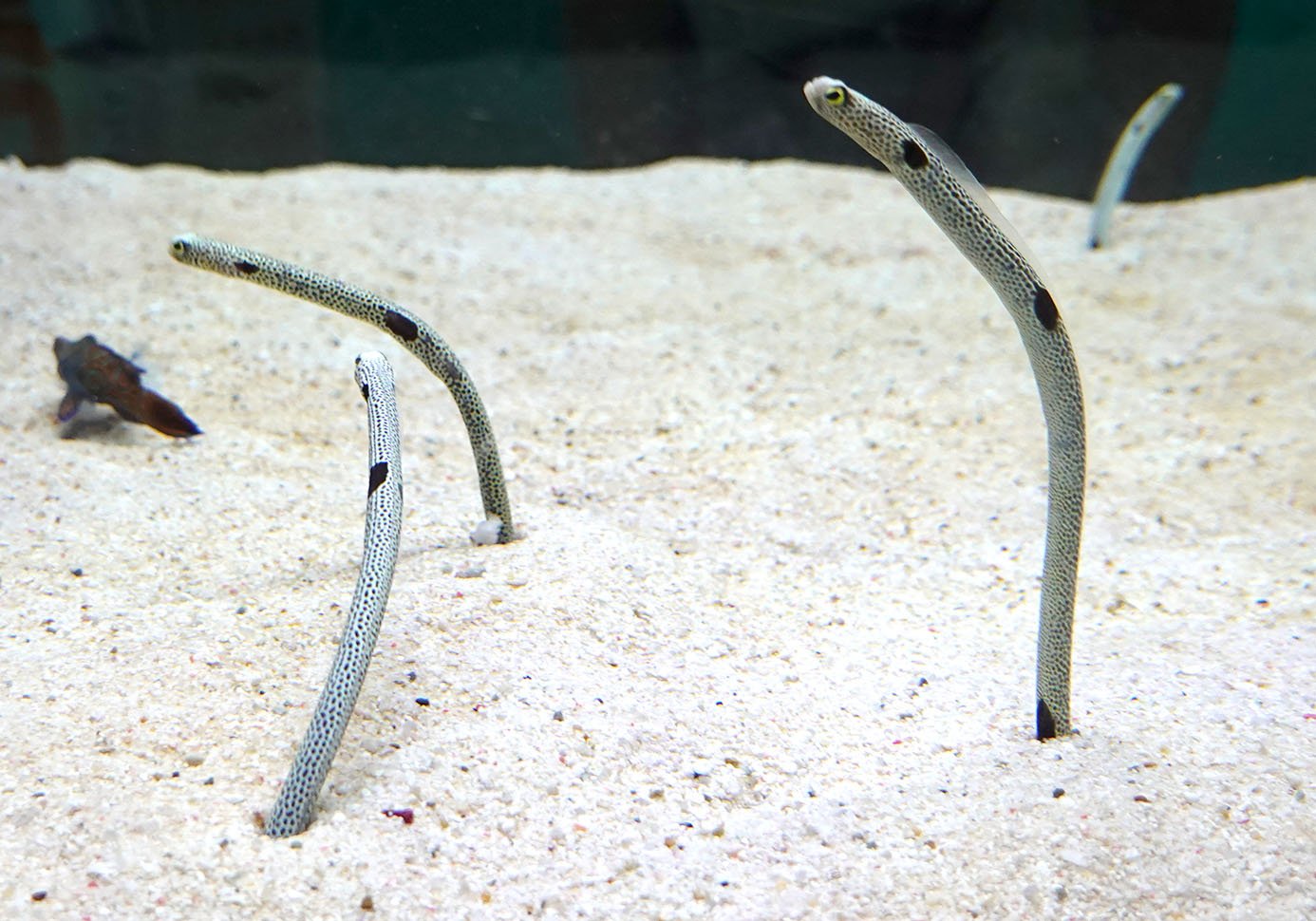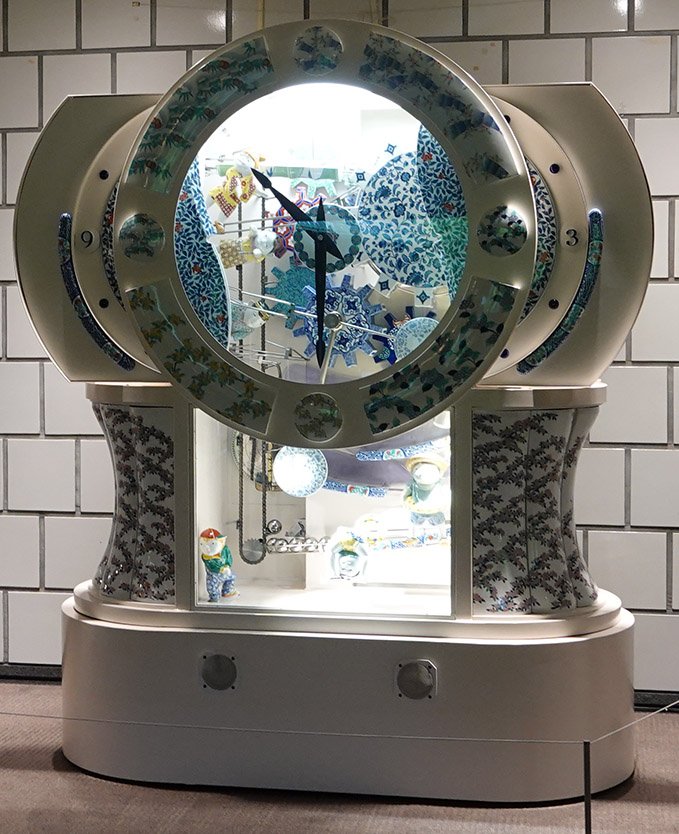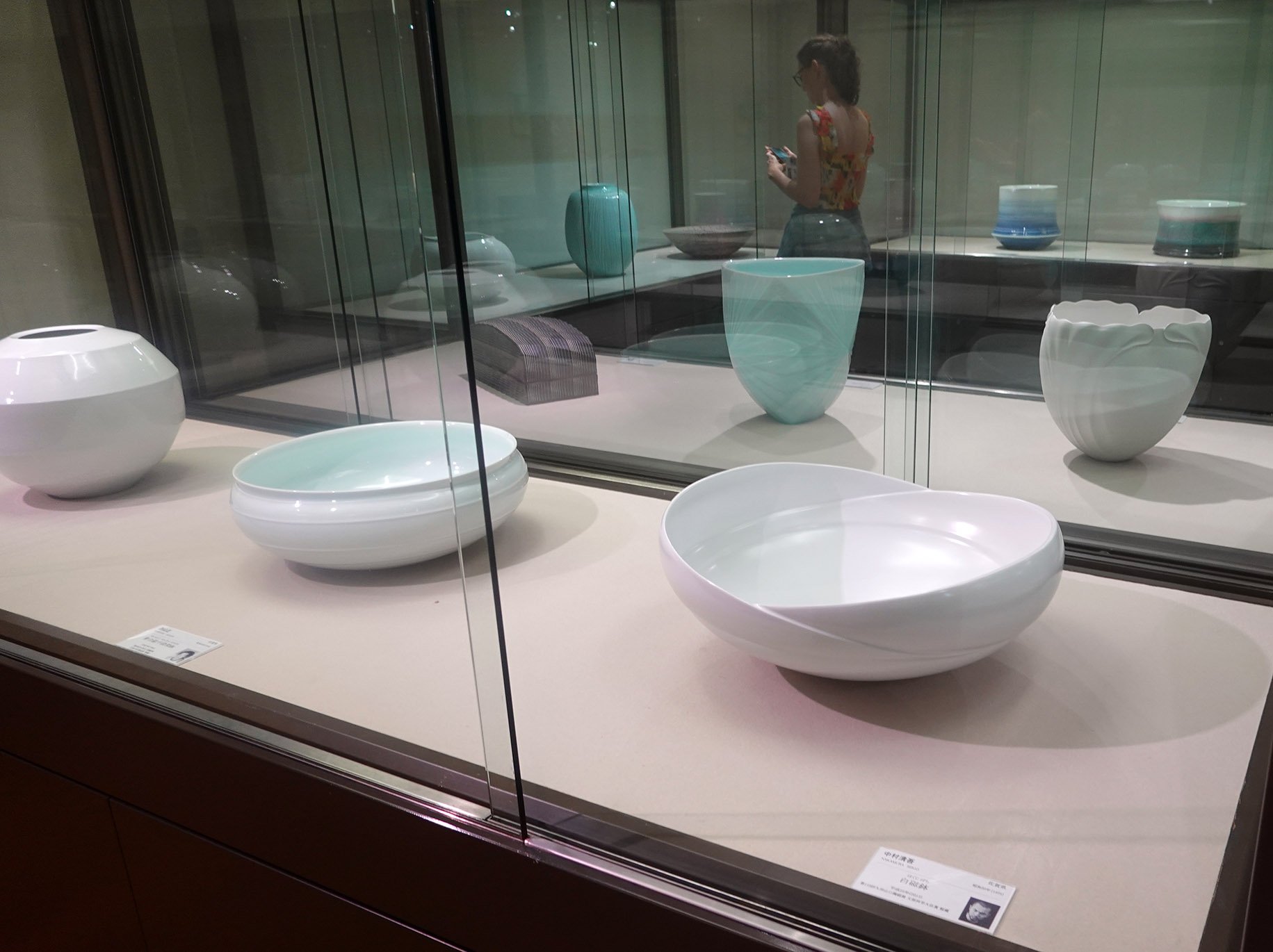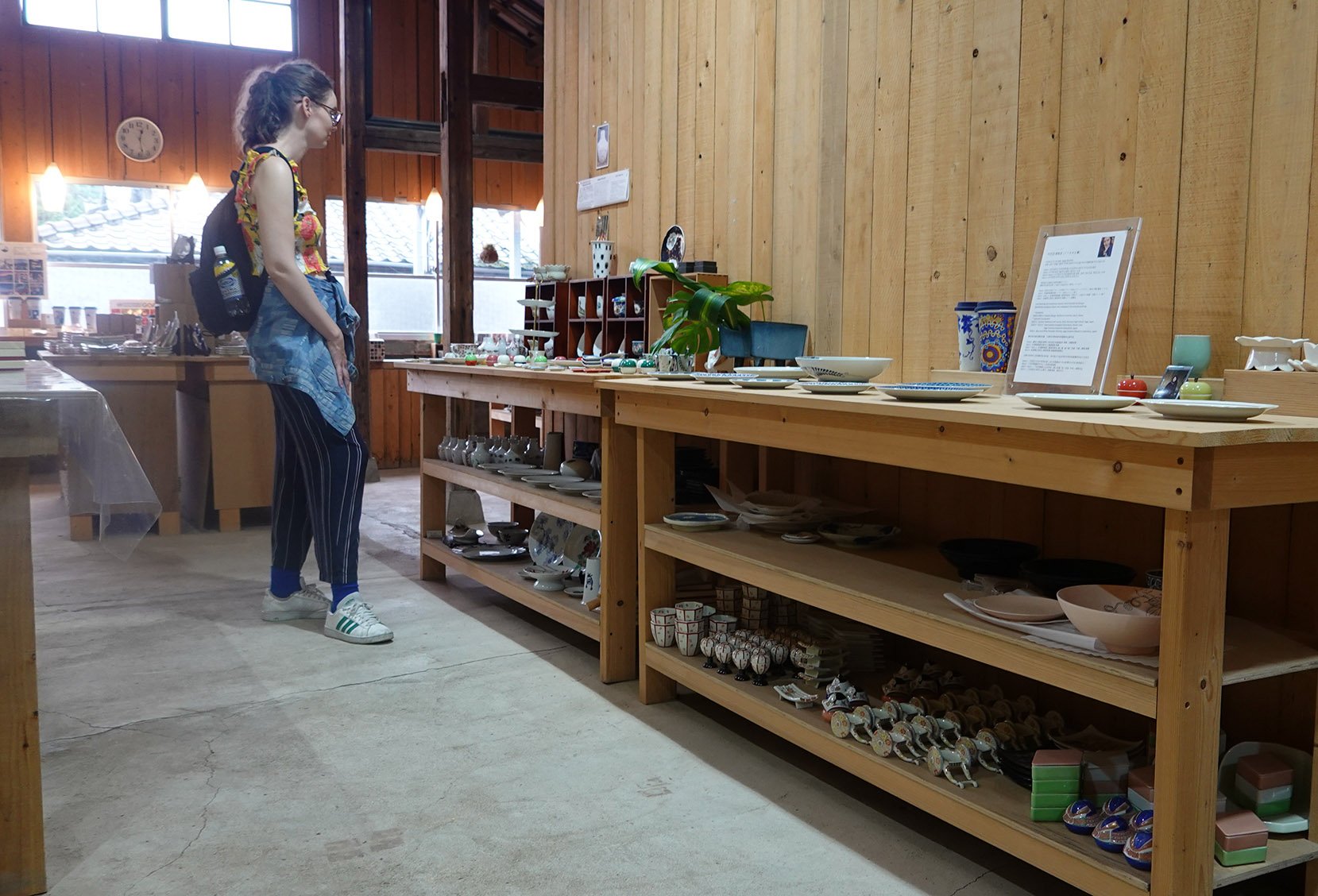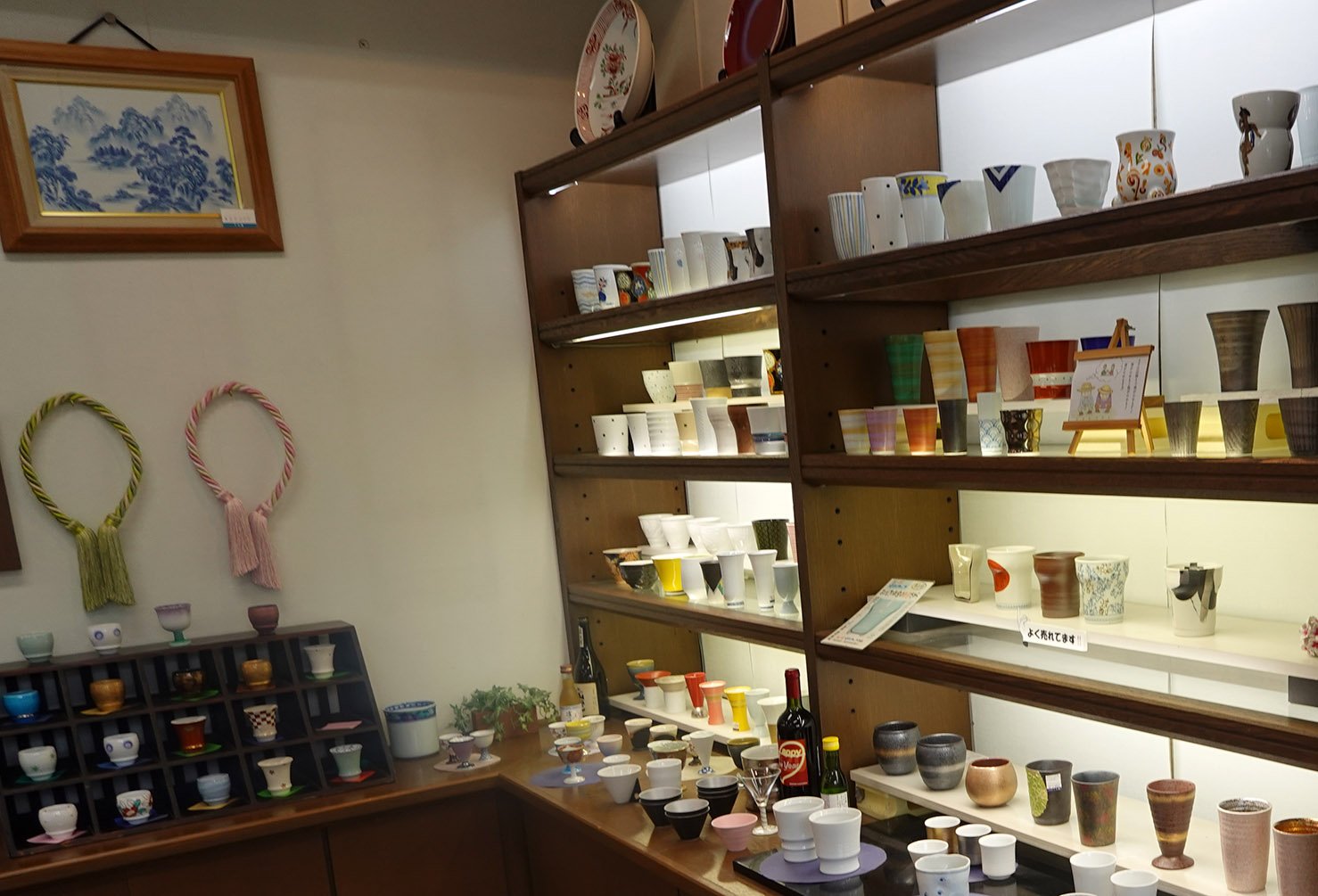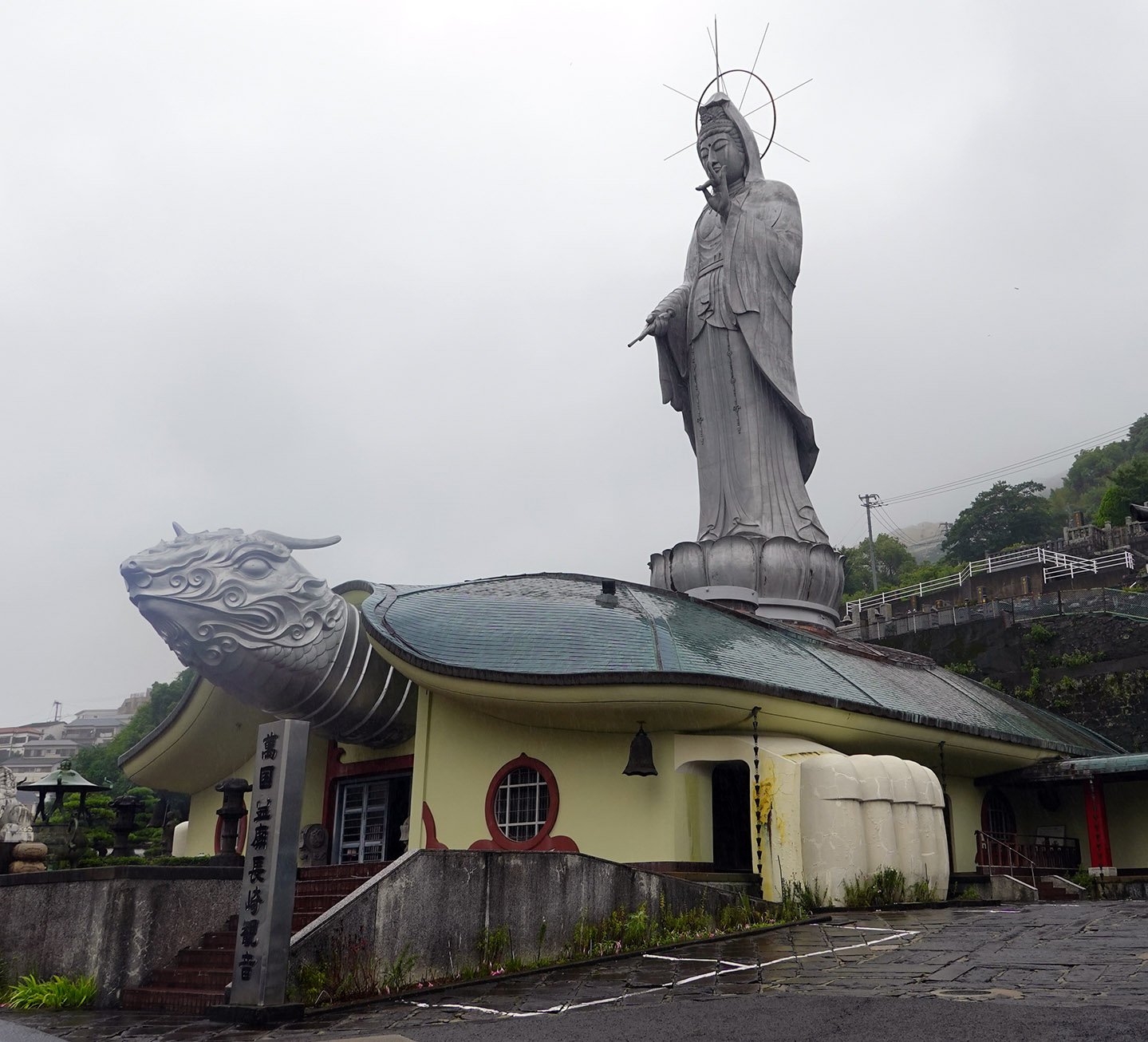After leaving Takeo, I took a train to Fukuoka and then a shinkansen (a bullet train) to Kyoto. When I arrived, it was about 3:30pm, which was good timing as I could head directly to my ryokan guest house as check-in started at 3pm. As I was walking there, I saw a street market mostly en route. I asked a passerby if it was a regular event or just today, and she said it was just for today. I decided to walk through it, and it was a local crafts market so I was happy to get to check it out! As I was doing so, people began to start packing up for the day, but I saw probably 70% of the vendors. Then I checked into the ryokan. This was the only ryokan I had booked, as I wanted to try staying in traditional tatami mat and futon set-up. It was great to sleep in, but I did miss having surfaces to put belongings on other than the floor or super low table; I discovered that, overall, I prefer a Western-style room. After I got situated, I went back out and walked around the neighborhood and found a vegan restaurant for dinner!
The Fushimi Inari bamboo forest.
My first full day in Kyoto started off rainy. I had breakfast at a different vegan cafe (where many of the waitresses were artists and we bonded over our shared love!) and then headed to Fushimi Inari Taisha, a famous Shinto shrine. The entrance and early part of the shrine complex were full of tourists, but I managed to set out on a small forested trail which no one else was brave or foolish enough to attempt. In the beginning, it was pretty cool to get away from the crowds, but towards the middle I started to wonder if I was making poor life choices as the trail got pretty steep (and it was very wet); going up it wasn’t too bad but I was already not fancying going back down. Towards the back half, there was a beautiful bamboo forest and I met the tiniest frog I’ve ever seen! The trail abruptly ran into a blockade, and the only option in a forward-ish direction was a small offshoot of a path atop pressed down leaves. Since I didn’t particularly want to turn around and do the slippery downhill trek, I tried my luck and eventually this leaf corridor connected with a real pathway (with inlaid steps). After a little while longer, I ran into my first person for a while! As I looped my way back towards the front I ran into more and more folks and the famous rows of torii gates.
The tiniest frog, with a blade of grass and a forming water droplet for scale.
After Fushimi Inari Taisha, I had lunch and then headed to the Raku Museum. As you may already know, I have really enjoyed learning raku processes and wanted to see the works in this institution. I learned that Raku is a family name, and the Raku family gained renown for their style of ceramics such that their name became the name for the set of processes. What a legacy!
The Raku Museum is small, so I finished and still had some time in the day. It had also stopped raining! I decided to head to the famous (and sometimes infamous) Gion district known for geishas, which is right next to a well-known street full of restaurants. I walked around Gion, visited a small contemporary art museum there, and finished the evening with some vegan ramen.
The next day again started off rainy. I took a train to Nara to visit the famous Nara Park, which has thousands of wild sika deer, sacred in the Shinto religion, which have acclimated to living on the grounds and enjoy eating “crackers” that vendors sell to tourists to feed to the deer. I walked around Nara Park for a few hours, and then had lunch and took a train into Osaka. I stopped at a summer festival, Aizen, which was smaller than I imagined but was nevertheless interesting to attend. Then I headed to the Osaka Aquarium, as I heard it was world-class. I really enjoyed a number of the exhibits; I can’t recall having seen a flounder swim before, and I also was delighted and alarmed by the gurnards or sea robins (Triglidae) which have “walking rays” aka legs. They also had a kawaii or “cute” wing, where I very much enjoyed watching the spotted garden eels!
This is the Google Translate image of a sign outside Mirai’s enclosure.
The following morning I checked out of the ryokan, but I had them store my luggage as I wanted to explore more of Kyoto (and I couldn’t check in to my Tokyo hotel until 3pm). I then went to the Kyoto City Zoo for attempt number two at seeing tanuki that I could paint. Unfortunately they also only had one tanuki, and she was Immako’s twin Mirai. She, too, has already outlived the normal tanuki lifespan and has grave medical issues but is soldiering on. I did get to see a Japanese giant salamander, though, which was very cool! The zoo was right next door to Kyoto’s KYOCERA Museum of Art, so I went there afterwards and took in a Takashi Murakami exhibition as well as a local Japanese arts and crafts exhibition. I was really pleased with how much Murakami was using metal leaf in this exhibited artwork and with his written reflections on the material’s connection to Japan, since I intentionally chose to work with it quite a bit during this artist residency. On the way back to the ryokan, I passed a small photography museum so I checked that out as well!
Then I picked up my small suitcase and took a train and then a shinkansen to Toyko! I purposefully reserved a seat on this one so I could sit on the window side with Mt. Fuji, and then kept checking my map so I could look out the window when it was time! Fujisan was pretty cool; it had its own little cloud hat.
